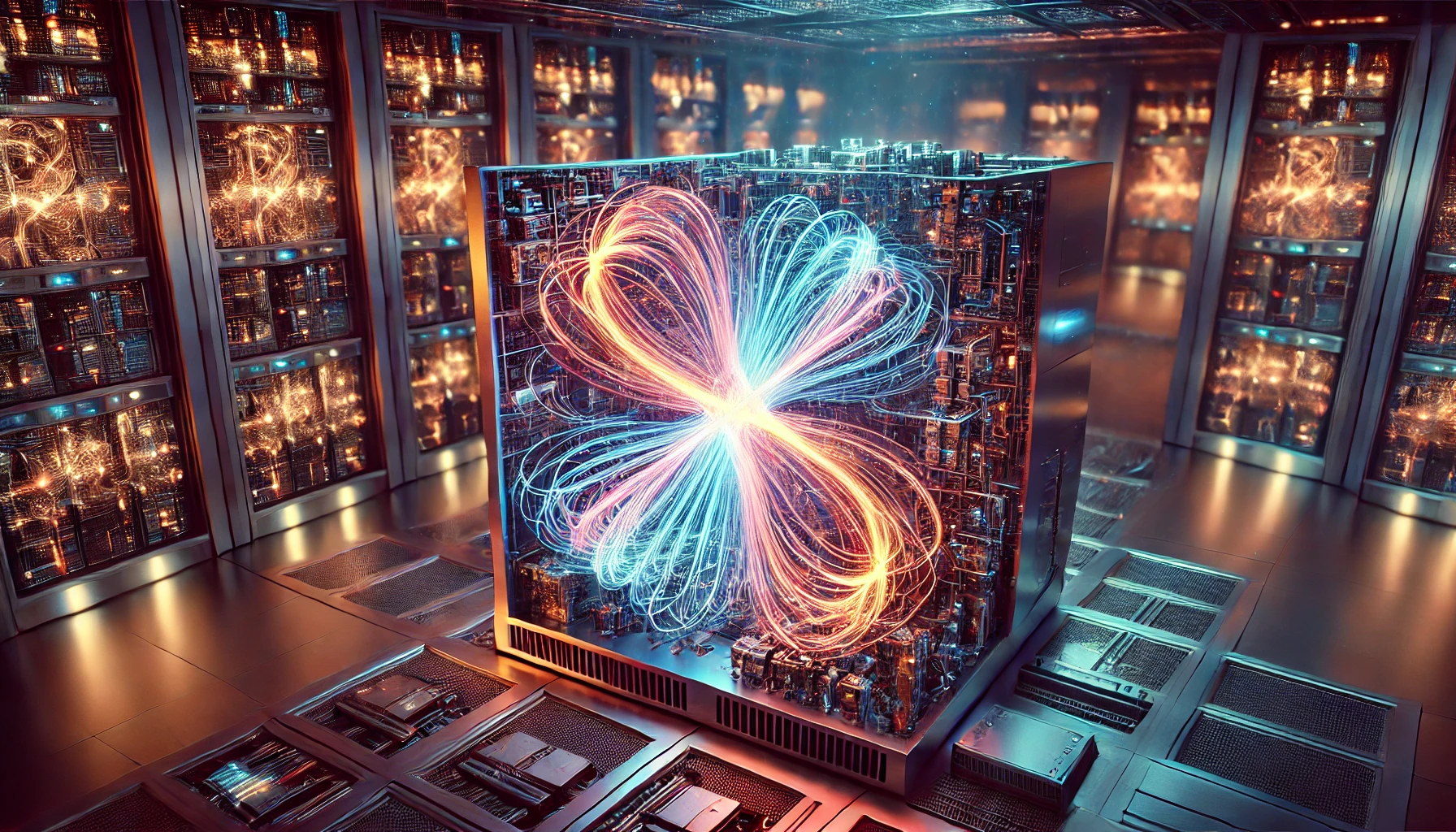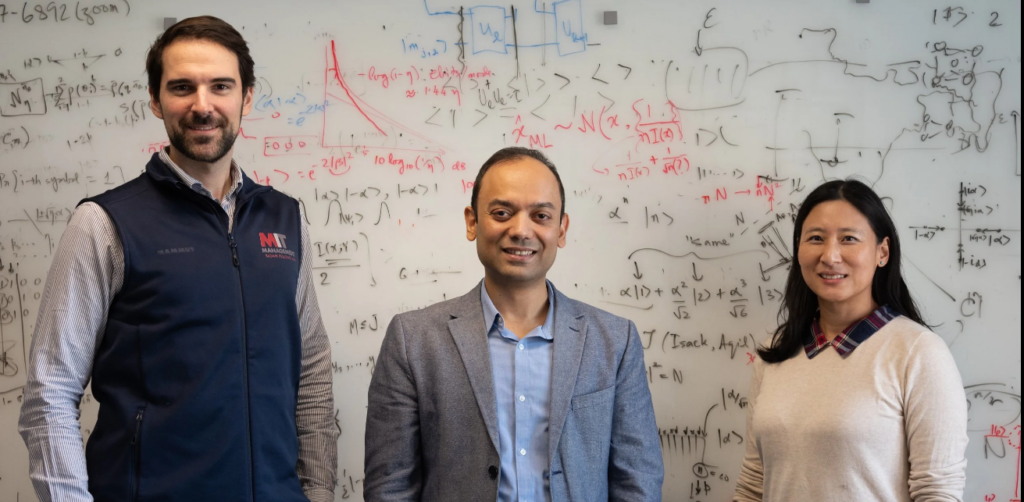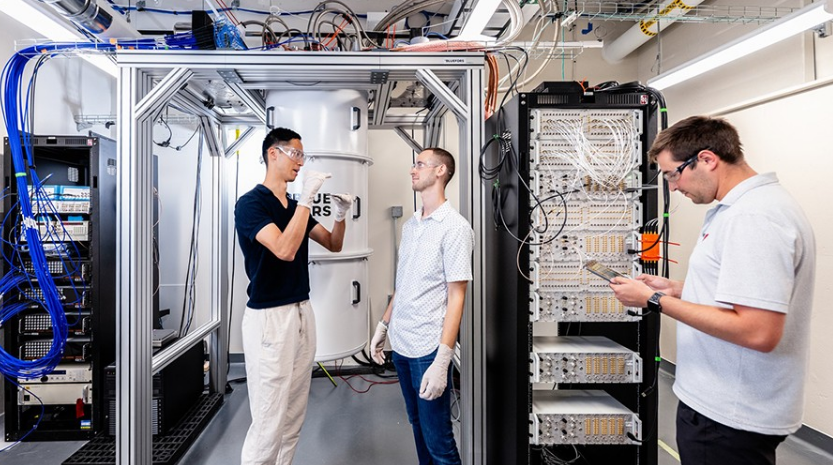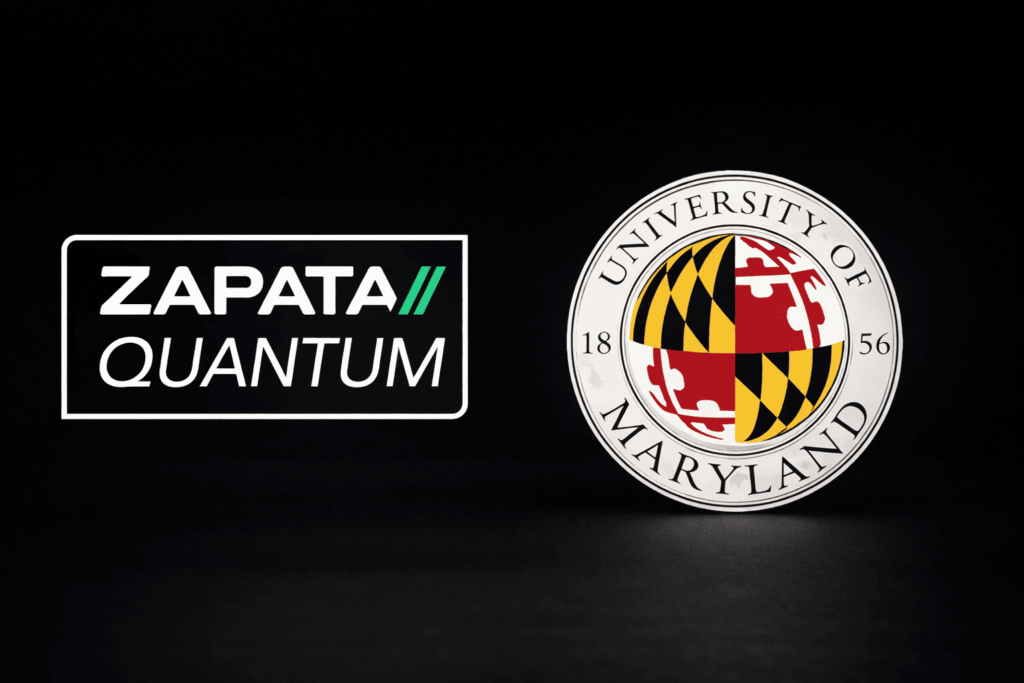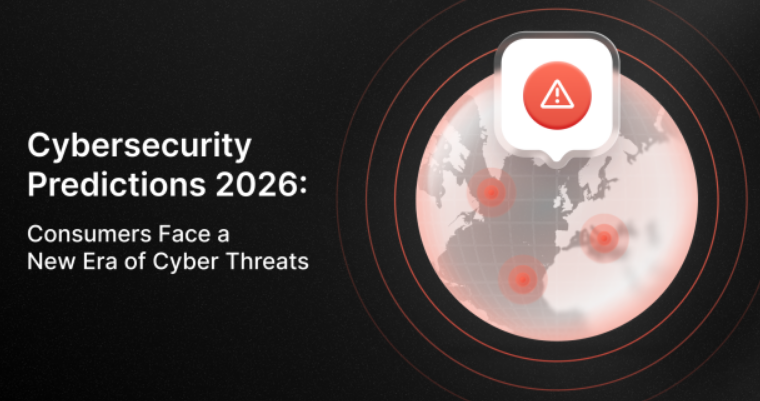Editor’s Note: While almost all reporting on the quantum industry is speculative, there are some ideas that test even those bounds. However, the visionary nature of the quantum industry makes these types of ideas worthy to explore — and, I might add, necessary to explore. The following is an intriguing concept from Vlatko Vedral’s blog that I think fits in that case. Full disclosure: I tried my best to stay true to Vedral’s concepts, but I am a bit out of my depth on this one — although that’s what gnosis is all about.
One of the most promising avenues being explored is the use of light as the fundamental building block of quantum computers. According to one prominent physicist, a universal photonic computer — a photonic quantum computer that uses only light and doesn’t rely on matter-based components — could be a transformative approach to harnessing quantum mechanics for computation. And, as a little inspiration for the insanely ambitious quantum entrepreneur, the idea could serve as the basis for the next quantum computer startup.
It’s a speculative idea — but one based on sound theory and pulling just a little bit of gnostic philosophy — that Vlatko Vedral, Professor of Quantum Information Theory at the University of Oxford, explores in his blog on Substack.
First, it may be necessary to dive into the background on quantum computing and, in particular, the photonic approach to quantum computing.

The Promise of Photonic Qubits
At the heart of quantum computing lies the qubit, the quantum equivalent of the classical bit, writes Vedral. Traditional qubits, typically made from matter such as atoms or superconducting circuits, are prone to errors due to their interaction with the environment.
How matter and light interact with that noisy environment is critical in understanding their capabilities of providing reliable calculations.
Vedral describes it: “If you put an atom in an excited state (which, for argument’s sake, encodes the logical state 1) it will tend to emit a photon and relax back into the ground state (the logical state 0). When this happens, it leads to an error in computation. Because matter couples strongly to light, larger and larger (material) quantum computers are prone to more and more errors. And this is the root of all evil as far as the large-scale quantum computers are concerned.”
Photonic qubits, however, present a compelling alternative. Unlike matter, light qubits are remarkably stable because they couple weakly with their surroundings.
This stability, Vedral writes, might best be seen by something that is fairly well known and studied — the cosmic microwave background radiation. This is the afterglow of the Big Bang, which has traversed the universe for billions of years.
“In the absence of matter, light is indeed stable, because light couples very weakly to itself,” Vedral explains. “So much so that the light from the afterglow of the Big Bang, the so-called Cosmic Background Radiation, has travelled all the way to us without being changed (other than shifting its colour towards the red due to the expansion of the universe).”
The Universal Photonic Computer
Vedral writes that there may be a subtle nuance between the photonic quantum computers of today — and this idea of universal photonic computer that he explores in the post.
Photonic quantum computers leverage the stability of light to process quantum information, using photons as qubits. However, manipulating these light qubits requires matter-based components like beam-splitters and detectors, introducing a compromise that blends light with matter, according to Vedral. Because of these advantages, this hybrid approach is one of the more promising approaches to scaling up quantum computing capabilities.
Yet, Vedral writers that the notion of a universal photonic quantum computer, capable of executing any quantum algorithm, may push the boundary of both science and philosophy — but it’s still in the realm of theoretical possibility. The universality of quantum physics suggests that any qubit system, including a purely photonic one, could theoretically perform any computation.
A universal photonic computer, then, might be a sophisticated system capable of generating, manipulating and measuring photonic quantum states with high precision. These constructors would leverage the unique properties of light to overcome the limitations faced by matter-based qubits and hybrid systems.
Components and Capabilities
Speculating wildly right now. What kinds of components would be needed for this type of device? We might need to explore changes to those matter-based components mentioned above, along with other components to make this work.
Single-Photon Sources: Highly efficient single-photon sources would need to be at the core of a universal photonic quantum computer. These sources must generate photons on demand, making sure they are indistinguishable and possess precise timing.
Quantum State Preparation: Universal photonic quantum computers would require equipment to prepare photons in specific quantum states. This involves meticulous control over their phase, polarization and path, enabling the creation of superpositions and entangled states essential for quantum computation.
Photonic Quantum Gates: To perform calculations using light in quantum computers, we need to control and change the state of these photons. This requires a mix of simple and complex tools. Simple tools like beam splitters and phase shifters direct and adjust the path of the photons. More complex tools enable photons to interact with each other, allowing us to perform essential operations, such as the controlled-NOT (CNOT) gate, a basic building block for quantum computing.
Quantum Memory and Repeaters: These constructors would also integrate quantum memory units capable of storing photonic states without decoherence. Quantum repeaters would extend the range of quantum communication by correcting photon loss and errors over long distances, crucial for building scalable quantum networks.
Capabilities?
Universal computation is the capability of a computational system to simulate any other computational system or perform any calculation that is theoretically possible. And what this implies is that a universal quantum computer is not limited to specific tasks but can handle a wide range of computational challenges.
But Vedral writes that there are more far-reaching implications of this concept.
One of the profound implications is that a universal computer has the potential to simulate any physical system, including the human brain. Mixing science and philosophy, now, Vedral speculates on the — wait for it — possibility of photonic qubits achieving consciousness.
Here’s his question: “If qubits can do anything that can be done, how about simulating the human brain? Can a collection of qubits become conscious (whatever it may mean to be conscious)? The supporters of strong AI would certainly agree with this proposition, since, according to them, consciousness is just one particular computation executed by our brain (most of brain’s computations are not conscious).”
At the risk of making a huge understatement, advanced quantum system like this would raise considerable ethical and philosophical questions.
As for the technological side of things, that, too, would require a heavy lift. The development of this type of technology would be considerable — it would require interdisciplinary collaboration, combining advances in photonics, quantum mechanics and computational theory. It would also necessitate significant investment in research and development to overcome the practical challenges of manipulating and maintaining photonic quantum states.
Building a Universal Photonic Quantum Computer Start Up?
Despite the theoretical promise of the universal photonic quantum computer envisioned by Vedral, there seems to be an absence of start-ups and research initiatives explicitly targeting this frontier. The focus of the quantum computing industry has largely been on incremental improvements to existing qubit technologies and the development of hybrid systems.
Vedral questions this gap in the field: “And, above all, why on Earth are there no start-ups investigating these kinds of questions?”
I’d love to see the pitch deck for this, by the way.

